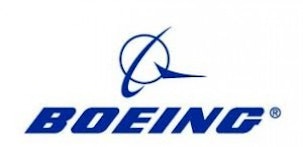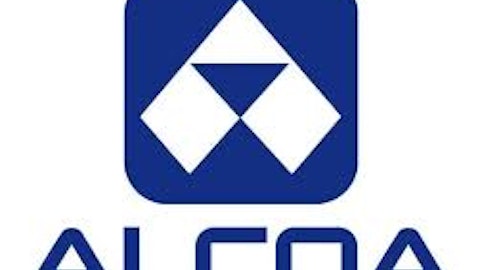
Even European Aeronautic Defence and Space Company agrees with the bullish outlook, and expects to sell 780 to 1,300 large body Airbus aircrafts by 2032.
Why Boeing?
On the basis of FY12 order backlog, Airbus operates with an overall market share of 41% while The Boeing Company (NYSE:BA)enjoys around 59% share. Since Boeing and Airbus operate as a worldwide duopoly, they reap most of the growth prospects. But since Boeing is currently the market leader, it should theoretically benefit the most.
Over the last six months, The Boeing Company (NYSE:BA) has surpassed Airbus in terms of aircraft sales. A major contributor was its 787 Dreamliner, that allows up to 20% fuel savings as compared to the Boeing 767. As compared to its class, the Dreamliner produces 60% less noise and offers up to 30% more baggage space.
Furthermore, its cabin can be fully pressurized at 25% lower altitudes, which will reduce the risks of air sickness at low altitudes. Additionally, a Dreamliner can travel over 15,200 kilometers, which is the longest flight distance in its class.
To cut it short, the Dreamliner is the most efficient and technologically advanced twin-aisle aircraft operating today. Thus, it’s not hard to justify why shares of The Boeing Company (NYSE:BA) have appreciated nearly 45% YTD.
More upside potential
With the rising fuel costs, several airline companies are opting for Dreamliners for long distance routes. Some international airlines even route their aircrafts via Middle Eastern countries, and take advantage of lower fuel costs in the region. It’s worth noting that the commercial aviation industry in India and China is based on a low margin pricing structure. Thus, such cost saving capabilities will boost the profitability of financially crunched airlines operating in the industry.
But despite surging sales, several companies are yet to order their cost saving Dreamliners. In fact, there isn’t a single airline company that operates with a Dreamliner in India. Even China got its first Dreamliner only in May this year. As major airlines gradually shift towards cost efficient aircrafts, smaller airlines will feel compelled to induct fuel efficient airlines to remain competitive.
What about the fires?
Although its battery overheating problems led to the grounding of every Dreamliner around the globe, Boeing was quick to fix the fault, which allowed Dreamliners to resume service sooner than expected. Airlines didn’t bleed as it was expected, which saved Boeing’s reputation and goodwill.
The latest fire in The Boeing Company (NYSE:BA)’s 787 parked in London was feared to have been caused by battery-related problems. The aircraft belonged to Ethiopian Airlines, which operates with four Dreamliners and has six more 787s under development. The street feared that the fire might cause delivery cancellations of 787s, and sent its shares down nearly 5%.



